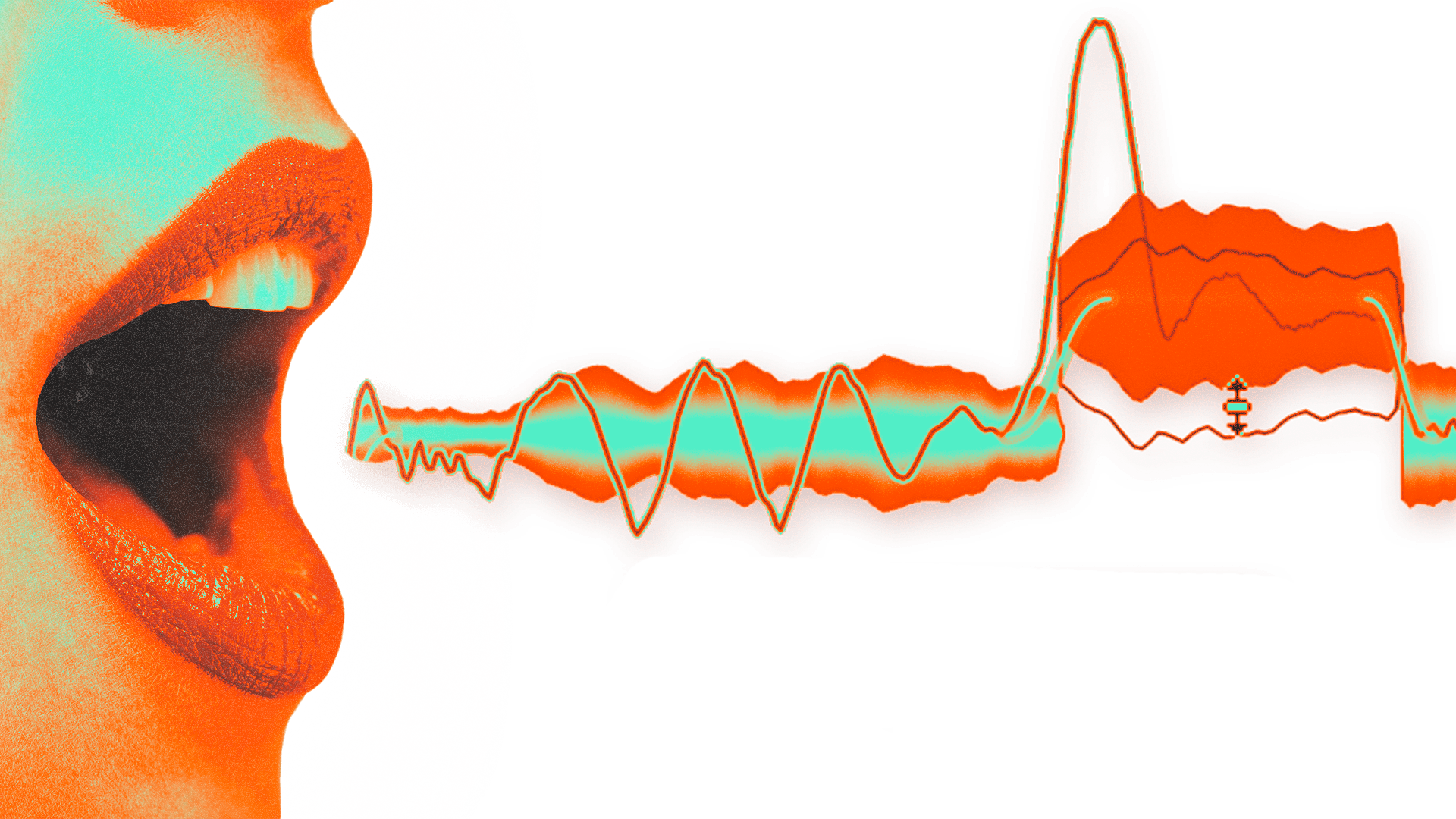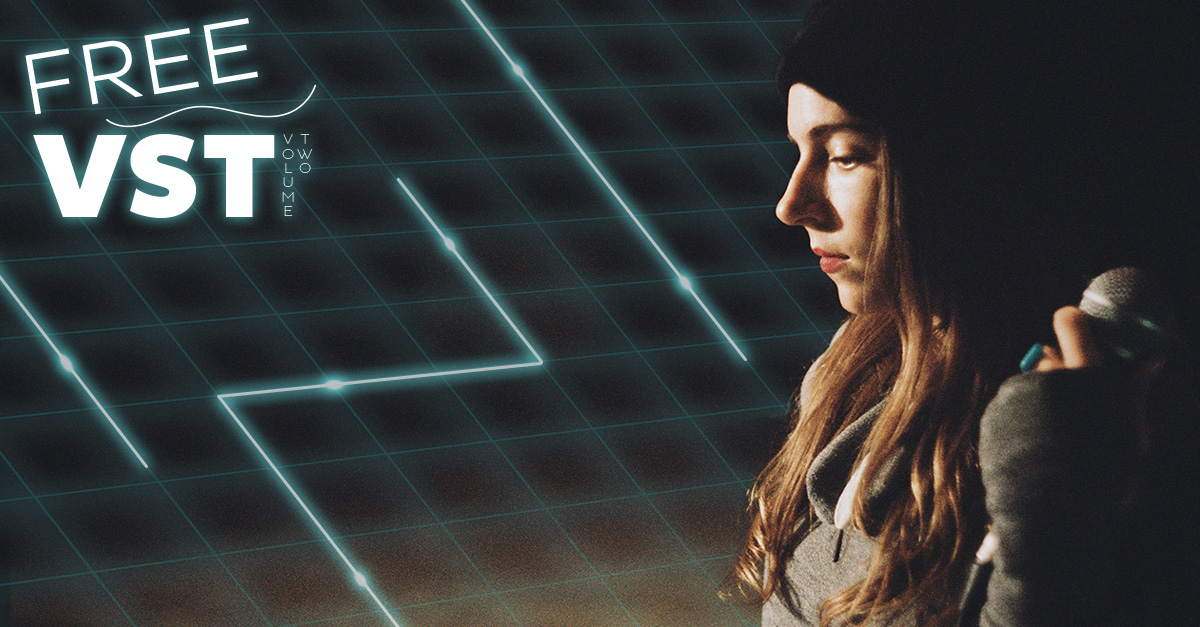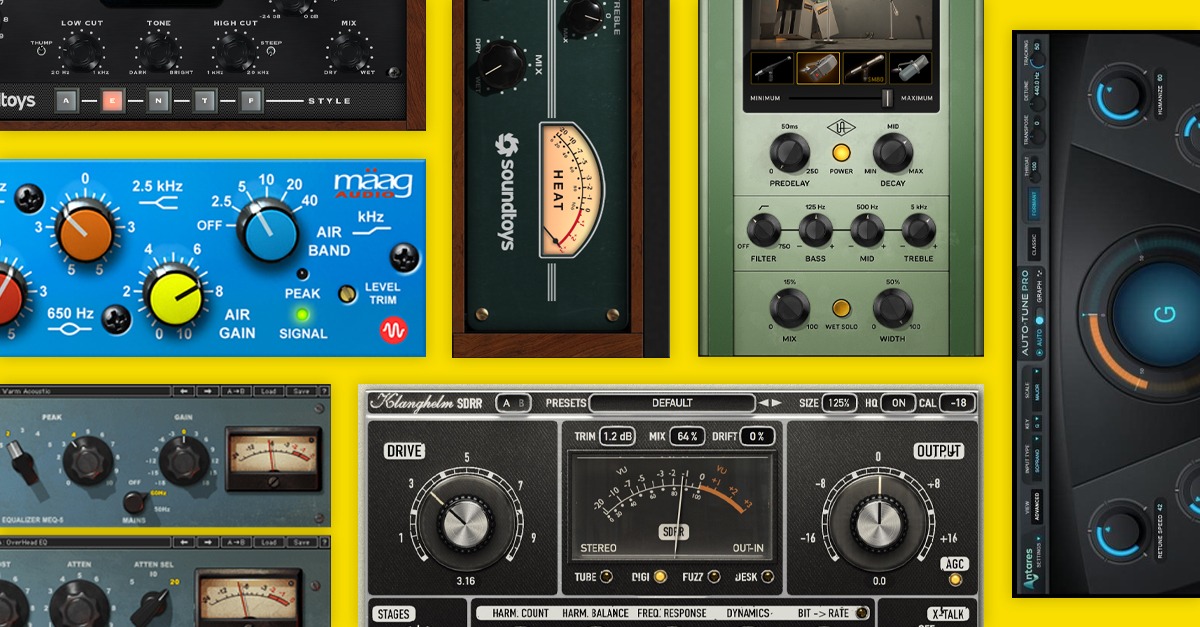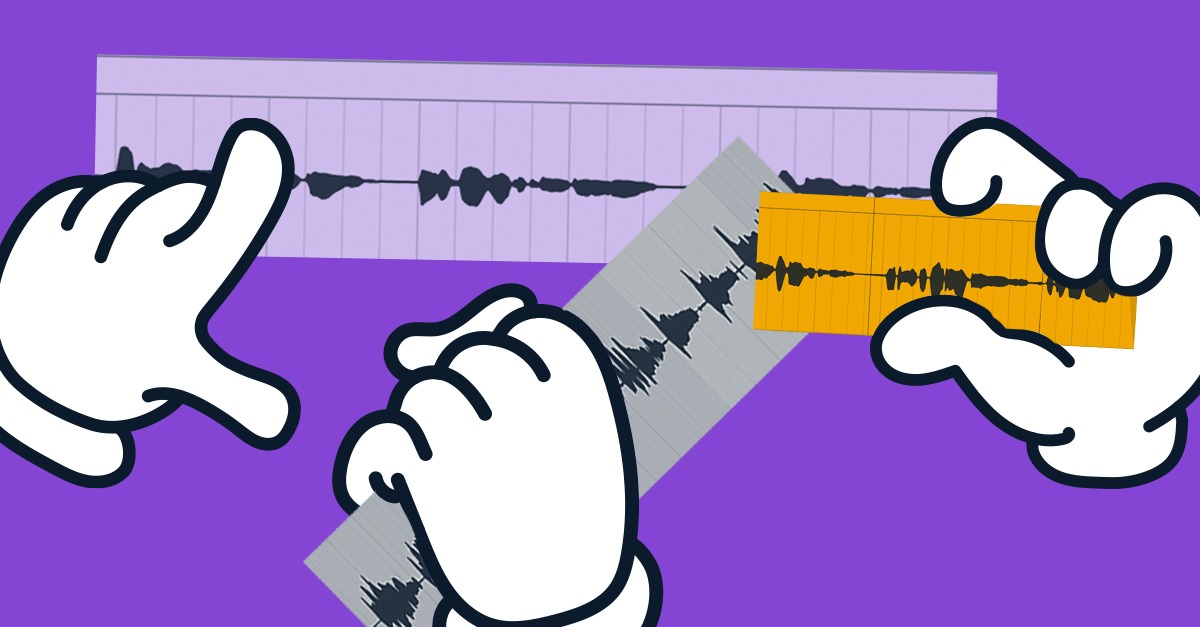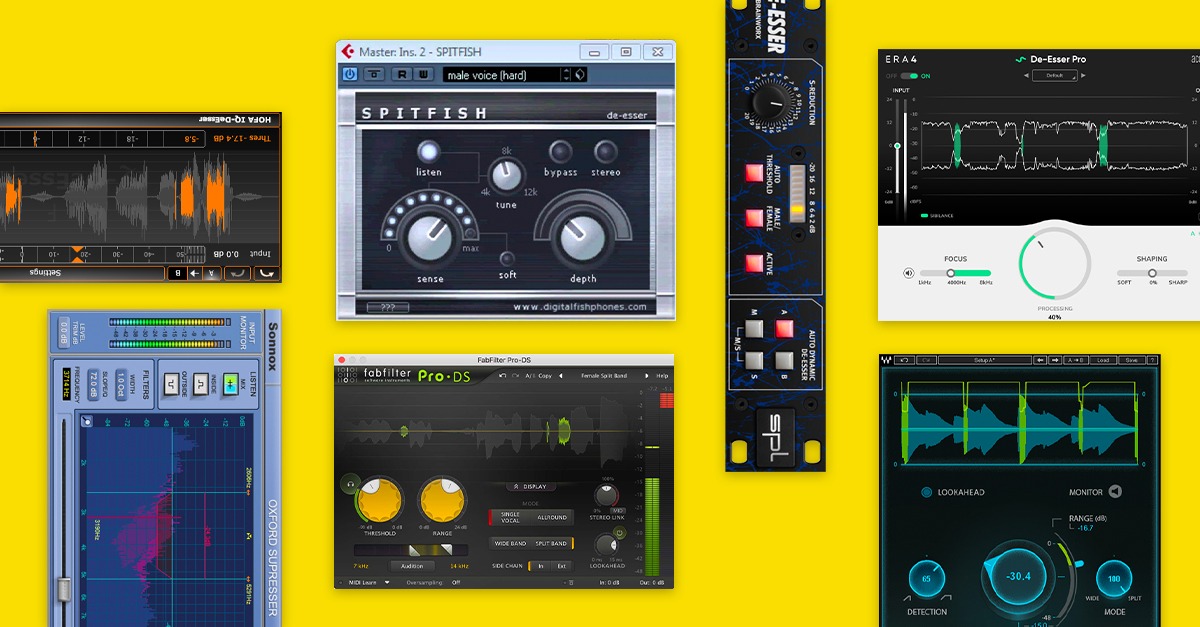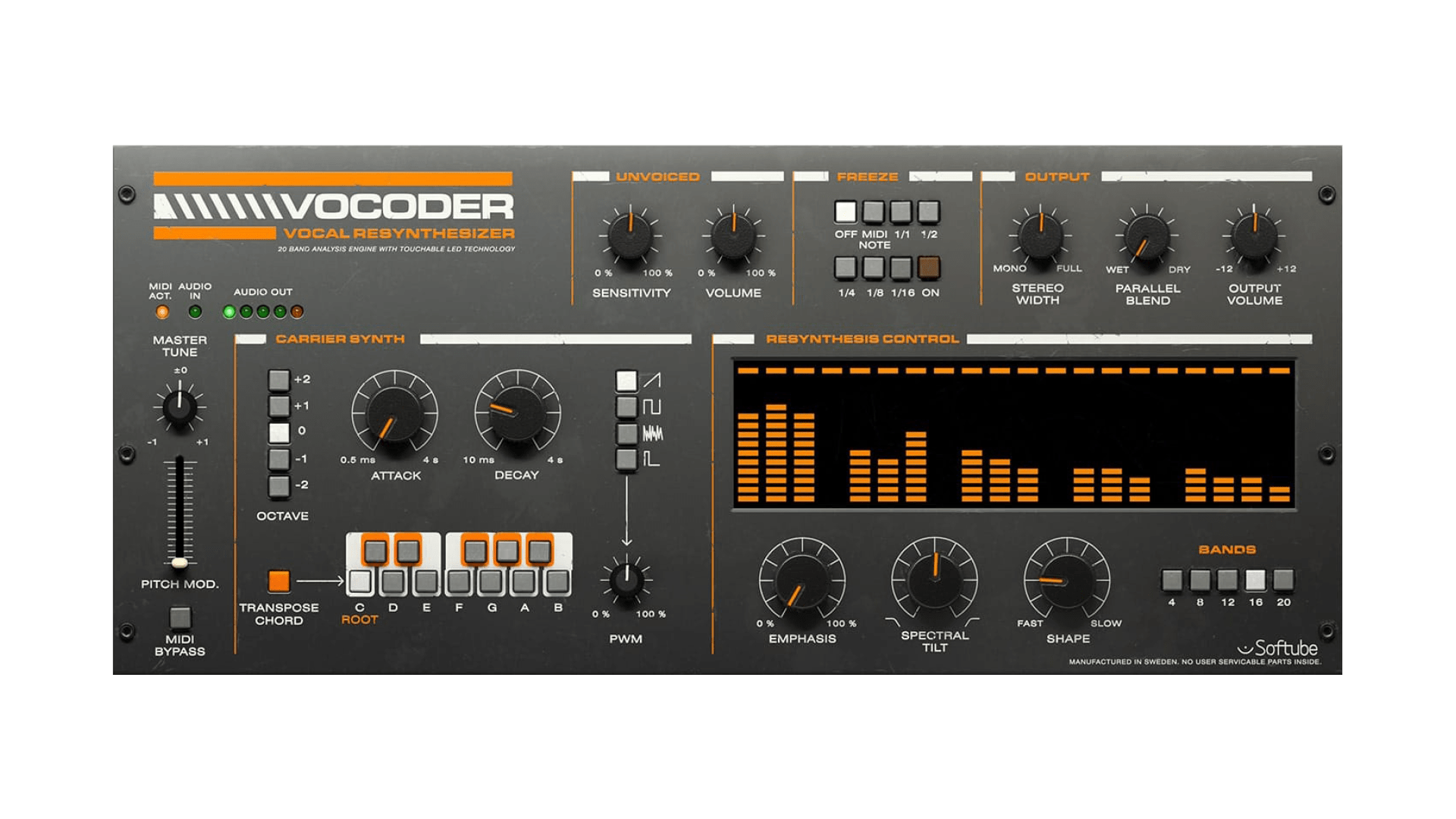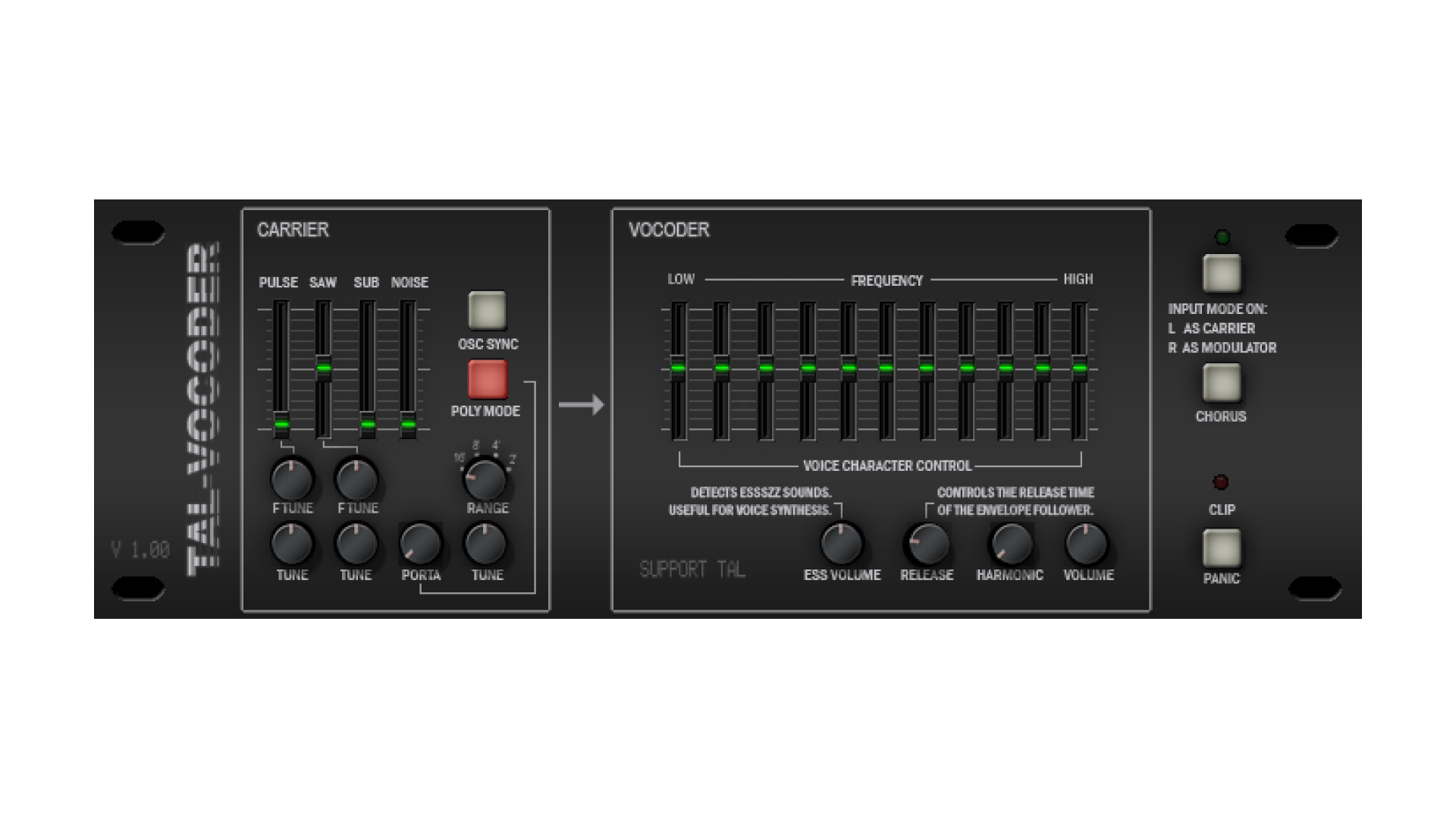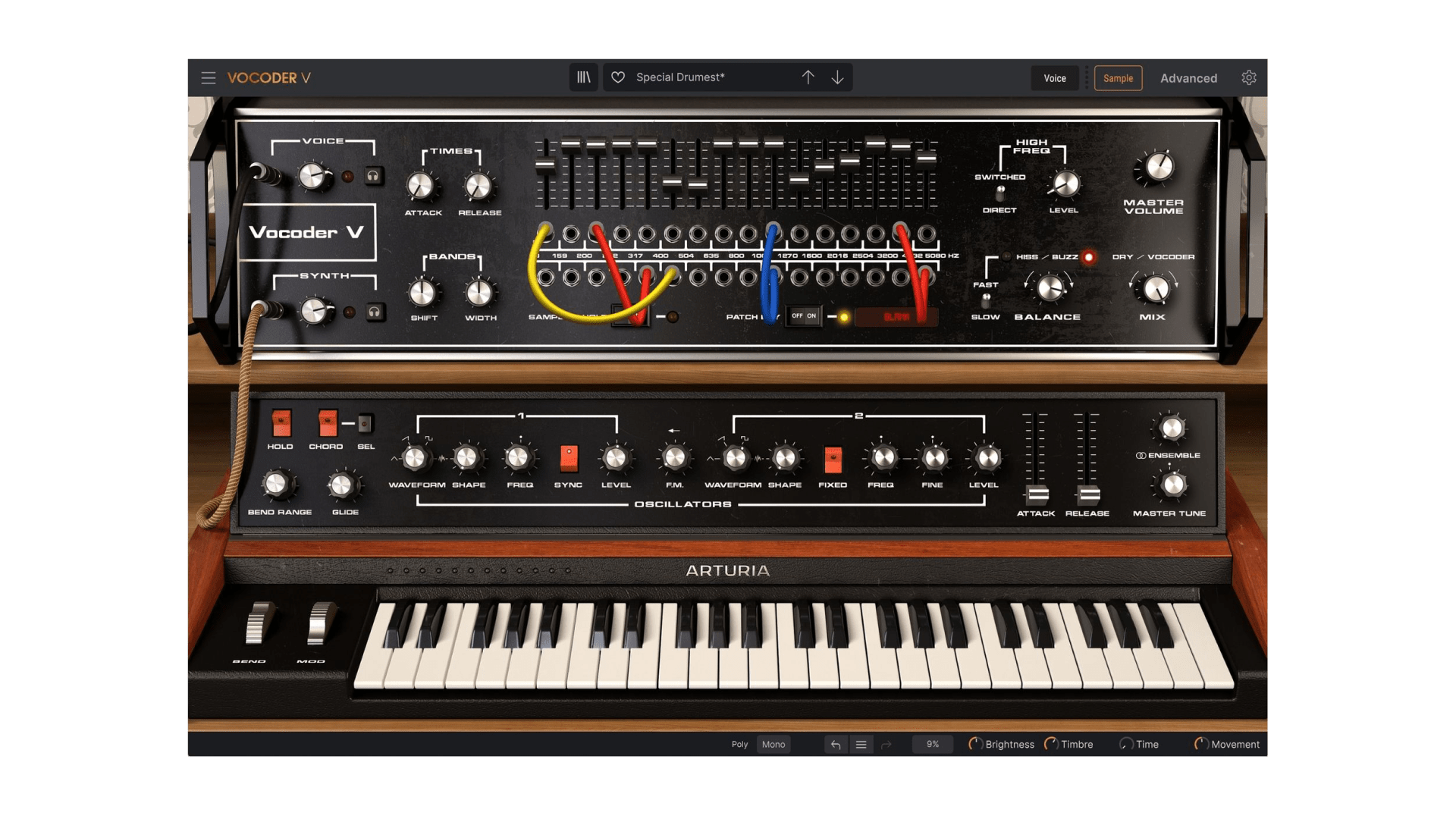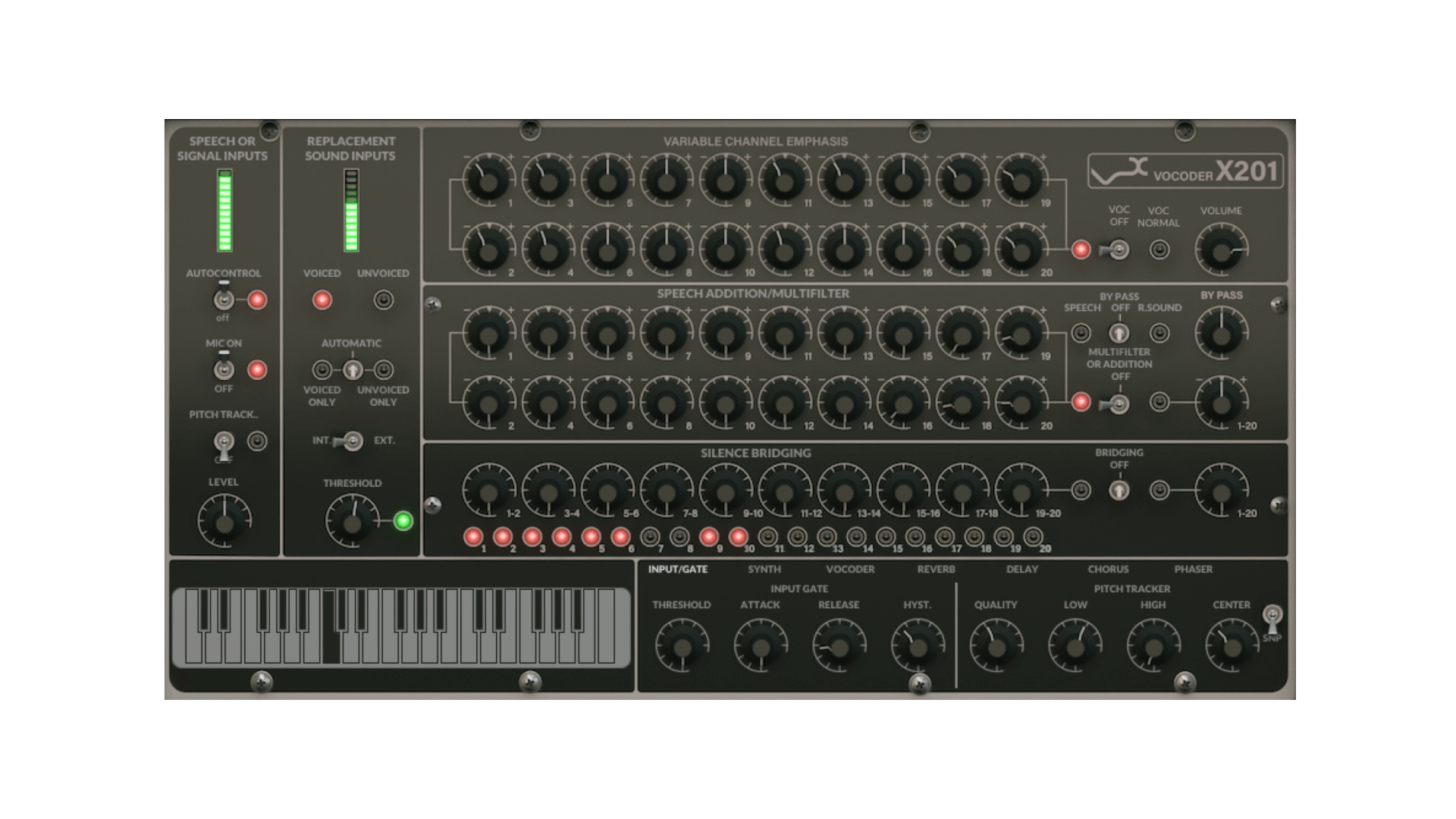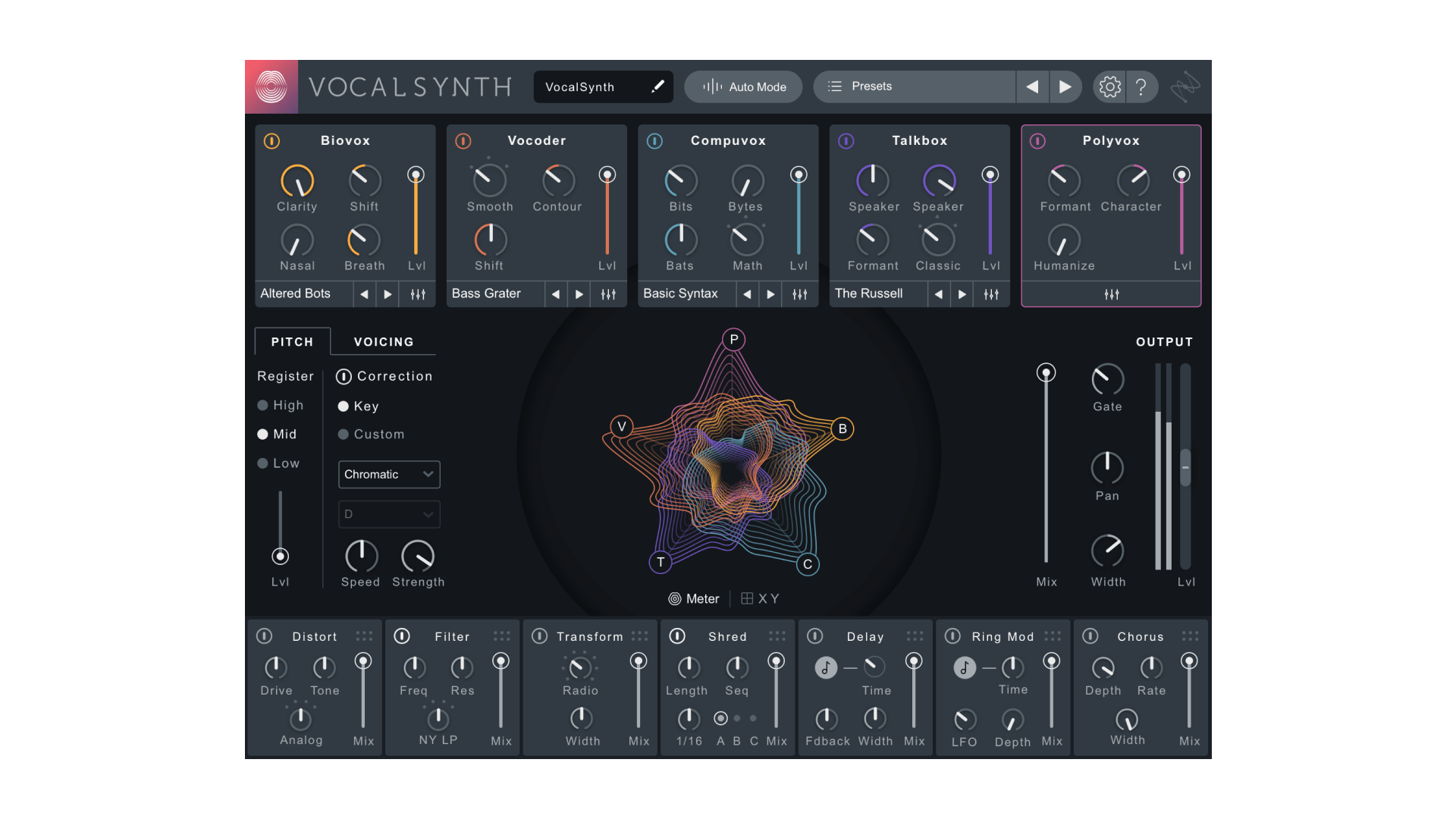
What is a Vocoder? The 5 Best Plugins For Synth Voice Effects
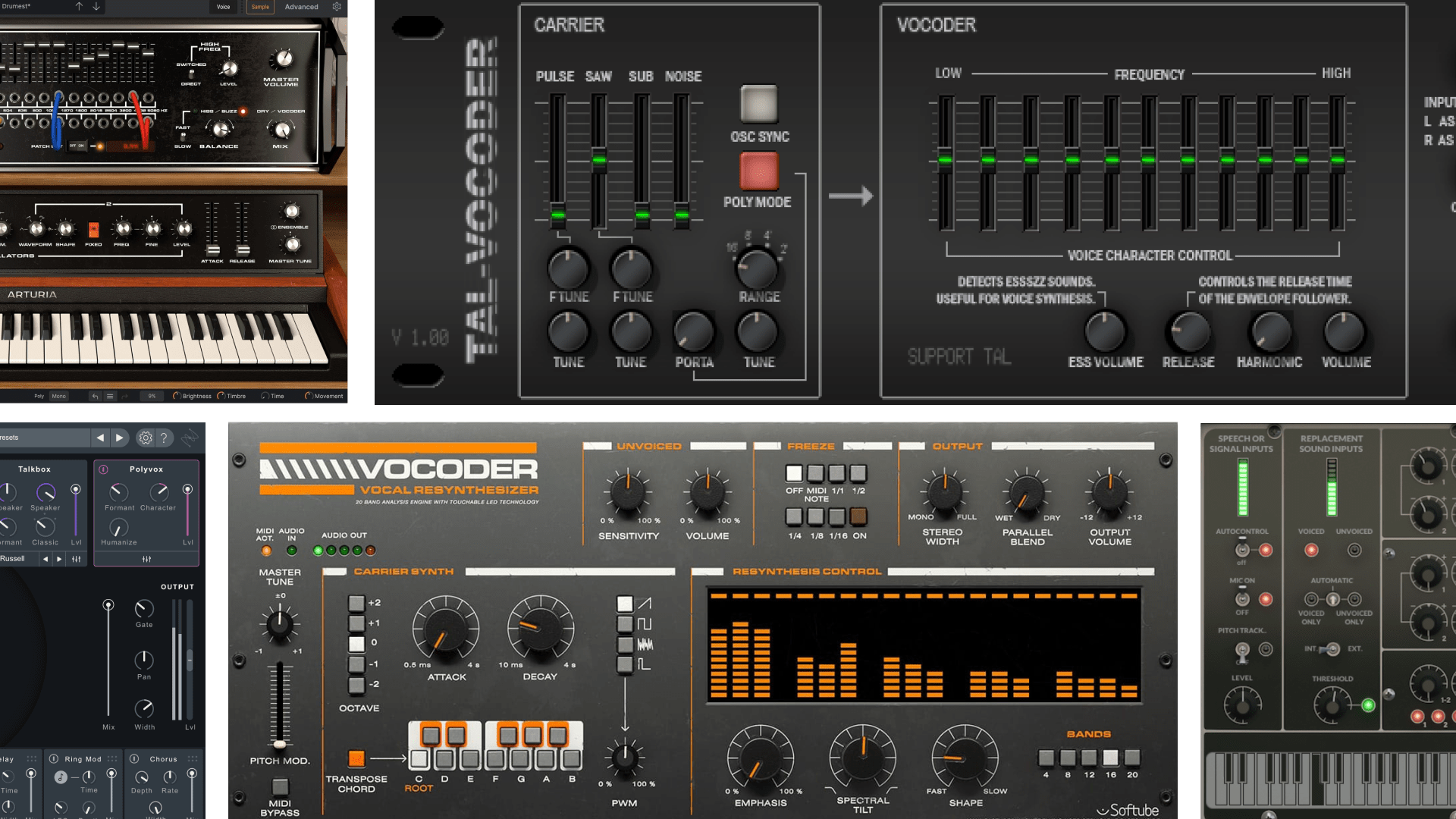
A vocoder is one of the most recognizable vocal processing effects in music production.
It’s a unique synthesis type that uses properties of the human voice to shape the sound.
If you’re a fan of old school synth techniques, having a great vocoder in your plugin folder is essential.
But they can also be incredible sound design tools that go beyond the traditional robot voice effect.
Despite the potential, you may find it hard to get set up with vocoders if you’re just getting started.
In this article, I’ll break down what a vocoder is, how to use them and suggest the five best plugins to use in your DAW.
Let’s get started.
What is a vocoder?
A vocoder (short for “voice encoder”) is a type of audio processing device that synthesizes and modulates the characteristics of one sound source (typically a human voice) with the spectral content and formant structure of another sound source (such as a synthesizer). By doing so, it creates a unique, blended sound that can evoke a robotic or otherworldly vocal effect.
If you’ve ever heard a track with a synthesized voice that sounds like a retro sci-fi robot, you’re probably familiar with the effect.

This beat's memorable hook comes from a vocoder.
A vocoder works by superimposing a modulator signal from a microphone onto carrier signal created by a synthesizer.
The modulator section splits the microphone output into many individual frequency bands. It sets their level to a corresponding bandpass filter to approximate its qualities.
A vocoder with lifelike sound may use dozens of individual bandpass filters to achieve the effect.
When the carrier signal passes through the bank of filters, the qualities of the voice in the modulator signal are encoded onto the carrier.
Many classic vocoders came with an onboard synthesizer that was designed to work with to their modulator hardware.
More vocal techniques
Mixing, processing and production tips for voice.

How to use a vocoder in music
A vocoder requires an input source for the voice to encode its qualities onto the synthesized signal.
That means you’ll need a microphone to capture yourself singing as you play notes on your MIDI keyboard for the synthesizer.
🧠 Hot tip
No matter which vocoder plugin you use, you’ll need to connect a microphone to your audio interface to provide the vocal input. You’ll also need a MIDI controller to play the synth part as you go.
Check out our basic guide to home studio connectivity if you need help with these steps.
Once that’s done, follow these steps to get started:
- Create an audio track for your voice and a MIDI track for your synthesizer or instrument plugin. Assign the microphone input to the audio track and set the MIDI input to your MIDI controller.
- Insert a vocoder plugin onto a new track or an existing instrument track.
- Configure the vocoder’s inputs: For the vocoder to function, it needs both a modulator (typically your voice) and a carrier (the synthesizer or instrument). Set the modulator input to receive the signal from your vocal track and the carrier input to receive the signal from your MIDI-controlled instrument.
- Record your performance: Arm the audio and MIDI tracks for recording. As you sing or speak into the microphone and play notes on your MIDI controller, the vocoder will blend the two signals in real time, creating the desired robotic or synthesized vocal effect.
- Fine-tune the settings: Most vocoders offer various parameters to adjust the sound and processing, such as the number of frequency bands, formant shifting, or envelope settings. Experiment with these controls to find the perfect vocoder sound for your production.
The 5 best vocoder plugins for synthetic vocal effects
With the basics out of the way, you’re probably wondering about the best plugin options to get started with vocoder.
Here’s our top picks:
1. Softube Vocoder
The Softube Vocoder is a straightforward and effective take on the best vocoding has to offer.
It includes a tailor-made 6-voice carrier synth with easy to dial in controls and handy chord transposition functions.
Its standout feature is the 20-band filter bank, which provides superior detail for voice resynthesis.
2. TAL-Vocoder
TAL-Vocoder is a free vocoder plugin that delivers great quality for producers on a budget.
It emulates a well-known analog style of vocoder and offers a built-in synthesizer with pulse and saw waveform options.
While it may seem basic in comparison to others on this list, TAL-Vocoder’s simple interface makes it an excellent choice for beginners looking get started without breaking the bank.
3. Arturia Vocoder V
Arturia Vocoder V is a powerful vocoder plugin that faithfully recreates the legendary, Moog-designed vocoder from the 1970s.
It features a 16-band filter bank for realistic vocal sound and a super fat integrated synthesizer for authentic vintage tone.
The Arturia Vocoder V also includes an advanced mod matrix for those who need classic vocoder sounds and modern flexibility.
4. XILS 201
The XILS 201 is a plugin recreation of one of the rarest vintage vocoder units ever.
With fewer than 50 units ever produced, the chances you’ll see one in person are slim to none!
Despite its scarcity, its reputation for fat sound and highly intelligible vocal sounds made it a mainstay on albums by Kraftwerk, Giorgio Moroder and others.
Get it in plugin form with the XILS 201!
5. iZotope VocalSynth 2
iZotope VocalSynth 2 is a comprehensive, cutting-edge vocoder plugin designed for vocal production.
It features five vocal processing modules, including Vocoder, Compuvox, Polyvox, Talkbox, and Biovox. Each offers different synthesis capabilities from classic to modern.
Its interactive visualization and distinct processing modes let you create a wide array of vocal textures.
Classic vocal synthesis effects
Vocoders have been a noteworthy music production tool for decades.
But their unique technology is still a captivating way to manipulate and shape vocals.
From classic robotic voices to innovative sound design, these plugins open up a realm of creative possibilities for your music.
So, don’t be afraid to experiment with vocoders and unlock the full potential of your vocals.
Happy vocoding!
Gear guides, tips, tutorials, inspiration and more—delivered weekly.
Keep up with the LANDR Blog.

